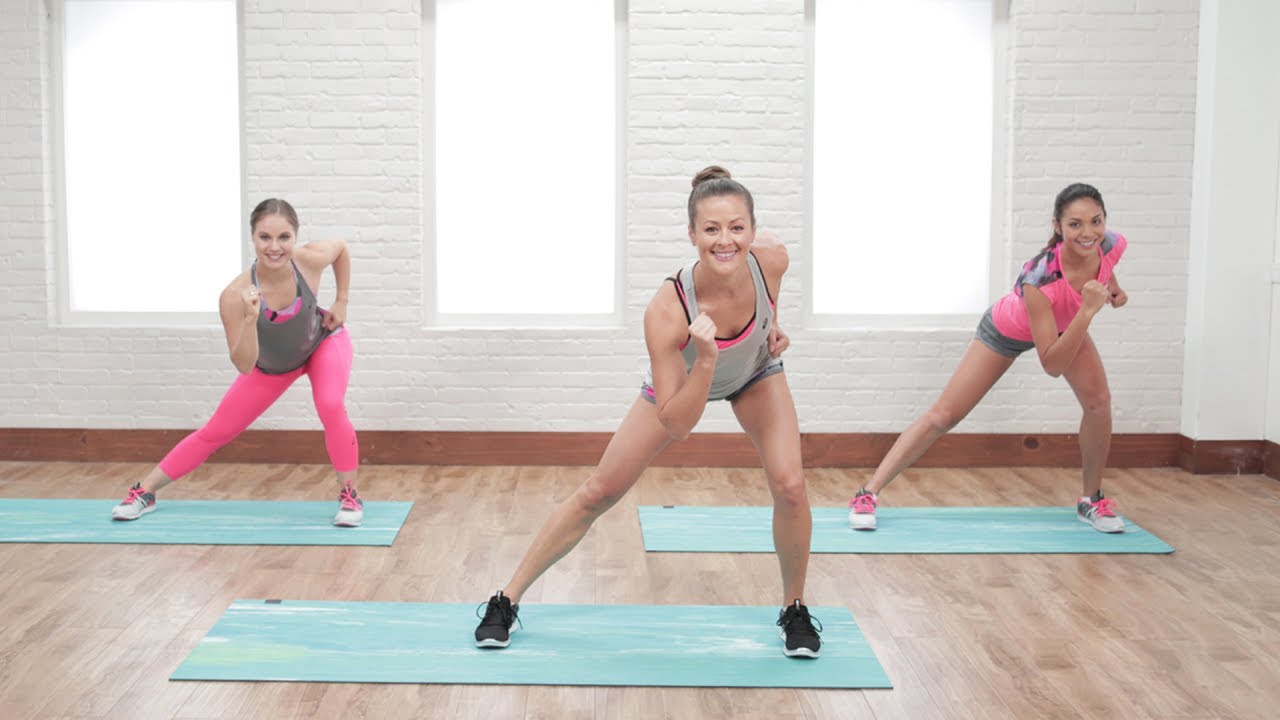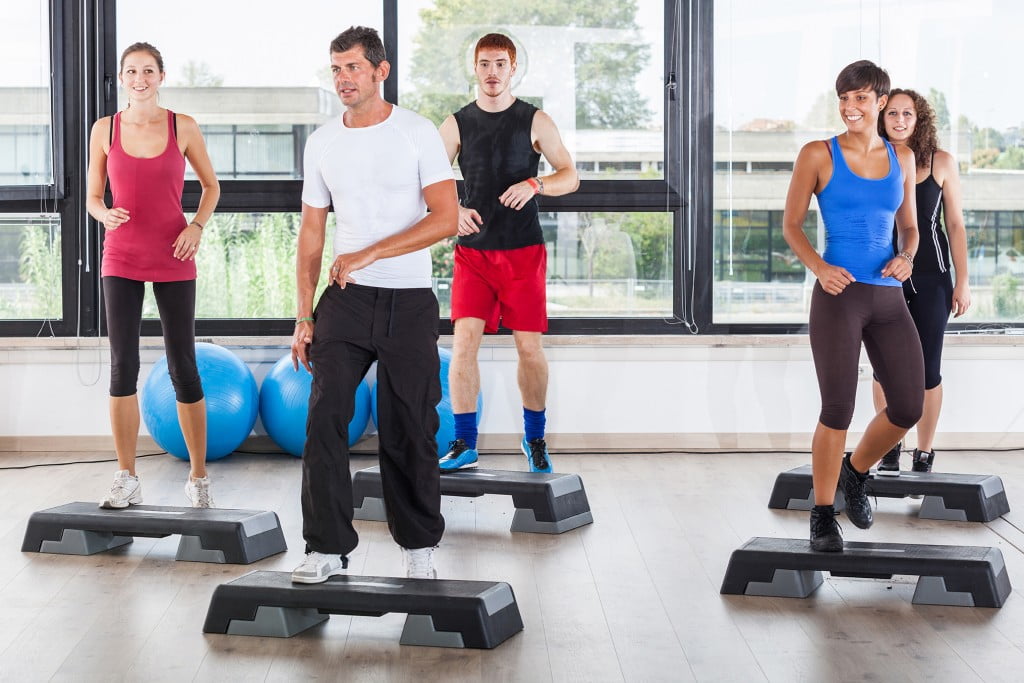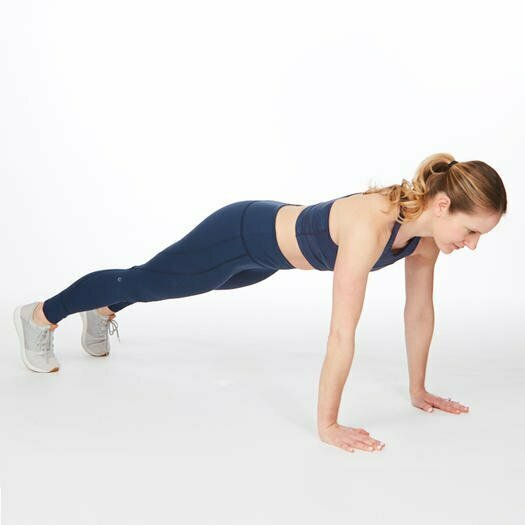“You’re not in Jazzercise, girls,” a trim, tattooed health teacher chided me and the roomful of girls who had been making an attempt to work up a sweat one morning some months prior to now. I’d in no way carried out Jazzercise, however I knew what she supposed. The caustic cue conjured grainy VHS tapes—the kind that flows into on social media for his or her Completely ’80s aesthetic—offering a gyrating blonde who’s all limbs, leotard, and embarrassing exclamations like “Discover that boogie body.” My teacher grew to become calling us uncool.

Tempting as it might be to dismiss Jazzercise to the dustbin of health historical past, the dance-cardio program—which turns 50 this month—is bigger than a punch line. The format based in a dance-studio basement by Judi Sheppard Missett, the entrance feminine contained in the movies, arrange the style and substance of “boutique well being, the quickest-developing section of these days’s $26 billion health enterprise. Jazzercise set the identical previous not just for present-day choreographed choices but additionally for the franchise model exemplified by Curves, Pure Barre, and Barry’s Bootcamp.
Maybe most crucially, serving girl clients whereas exercising develop into perceived as a result of the world of men, Jazzercise invited girls to search out the “pleasure” and “aptitude” is working out. The software program challenged a long-lasting machismo that additionally limits women’ full participation in a lot of exercise environments. The experience-appropriate health language that Jazzercise birthed however blended newly empowering affirmations with classic magnificence directives that prized a thin and traditional sort of prettiness—a combined ethos that pervades U.S. Health subculture these days. We’re nonetheless proper right here,” Missett strikes a chord in my memory once I ask roughly her profession prior to now tense in the middle of an interview. In response to her drawing shut memoir.
Constructing a Enterprise With a Beat, Jazzercise has netted $2 billion in cumulative earnings. Taught primarily in freestanding suburban facilities or in-network areas along with church buildings and faculties, Jazzercise is in every U.S. Nation and 25 completely different nations. On the peak of its recognition, contained in the mid-Nineteen Eighties, Jazzercise became the second one-quickest-developing franchise enterprise inside u. S ., after Domino’s Pizza.
Abstract
present
Extra Tales
Zan Romanoff
Extra Tales
- Boutique Health Studios Are Remaking City Neighborhoods
- Richard Florida Alastair Boone
- Psychology of Lululemon: How Vogue Impacts Health
- Jamie Wiebe
- The Enduring Enchantment of Being Scorching
- James Hamblin
- Individuals experience yellow stationary bikes in an outside SoulCycle magnificence.
- The Consumerist Church of Health Courses
Zan Romanoff
Within the Sixties, this future turns into unattainable for a lot of women. For optimum, the idea of “going to the health club” became unusual. The phrase exercising may title to thoughts the Presidential Health Problem frequent in physical-education classes or muscle-bound bodybuilders. When Missett, then a current Northwestern graduate, took well being check out her close by YMCA, the worker confused over her outcomes: The rubric had been conceived for a male physique, and Missett’s substantial power defied his expectations, provided that “all” she did flip right into a dance. Again at Chicago’s prestigious Gus Giordano studio.
Whereby Missett taught to bop, she noticed completely different limitations to ladies turning into bodily full of life. Moms sat to the aspect as their younger daughters practiced; the thought of grown girls dancing for health, or amusing, become shocking. How, Missett questioned, ought to she design a class that allowed women to enjoy dancing with the equivalent abandon as their uninhibited daughters? She quickly was given her answer. After she toned down the strategy and turned the ladies far-off from the replicate, her grownup coaching stuffed. Jazzercise—first often known as Jazz Dance for Enjoyable and Health—became born.
Whereas exercising areas for women existed, they often assumed that girls valued prettiness and poise over feeling efficient. As early because the Nineteen Thirties, a Chicago “dad or mum salon” invited girls to “soothe the nerves and management the curves,” in keeping with a 1936 piece contained in the Chicago Tribune. For many years, these teams have been largely owned by means of males, whose trigger for intercourse segregation—consisting of getting “girls’ days” on the bodybuilder Vic Tanny’s chain of golf gear—was extra about retaining proper distance among the many sexes than enabling women to enjoy train freely.
















